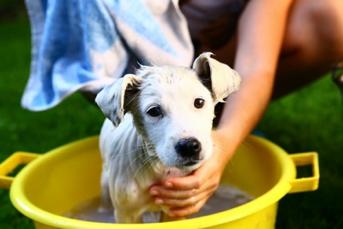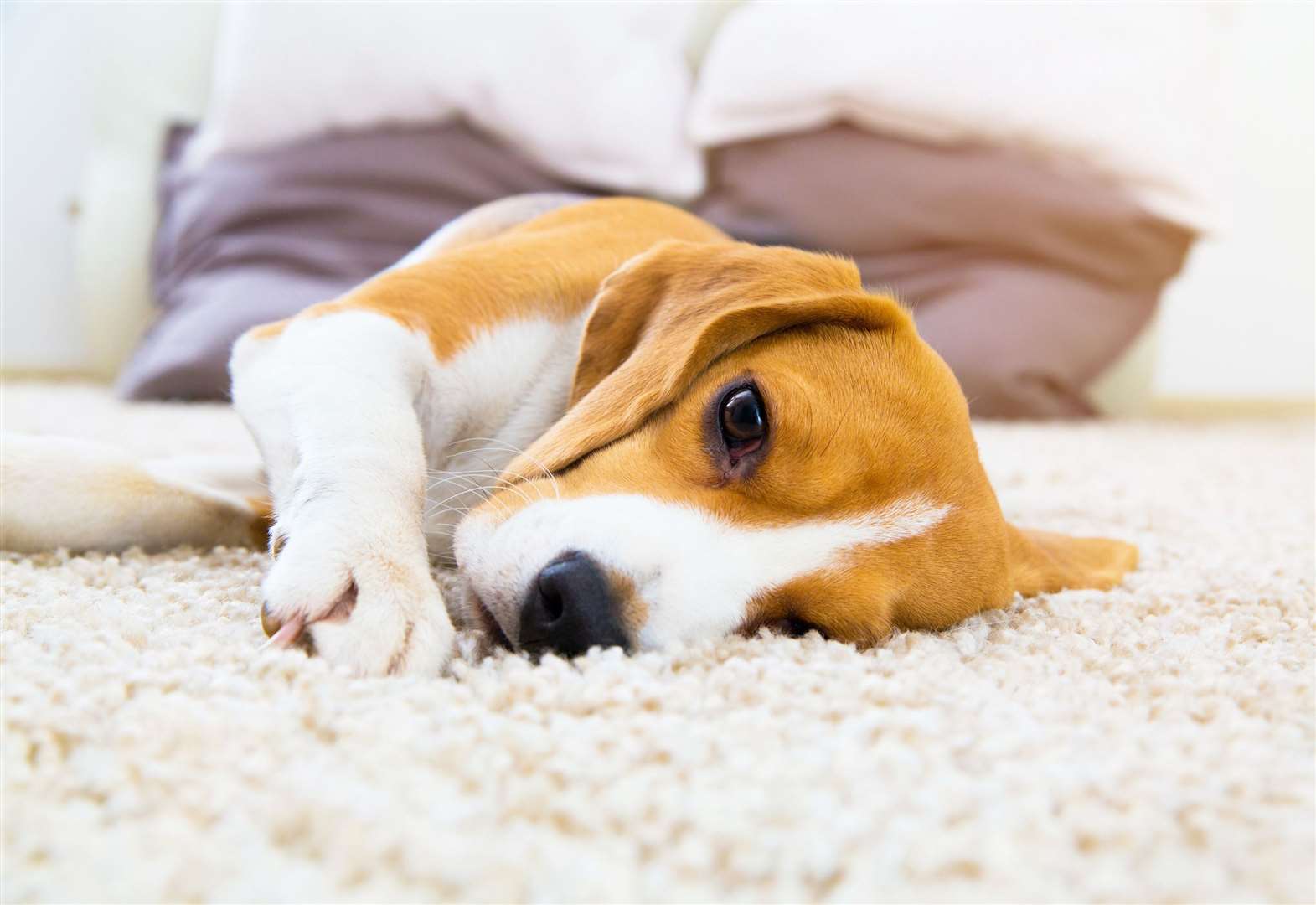Heatstroke in Dogs and Cats
In sunny Singapore, it is not uncommon to feel the effects of the blazing sun and insatiable humidity that greets us on a regular basis. As such, both us and our beloved pets may fall victim to the relentless climate and develop heat injuries. It is therefore, crucial to ensure that owners are well-equipped with knowledge to recognise early signs, act promptly and undertake measures to prevent this potentially life-threatening occurrence.
Animals are at a higher risk of sustaining heat related injuries due to their thick coats and the inability to regulate their body temperature by sweating, like humans do. Instead, they adopt other mechanisms such as panting to cool their bodies down. Unfortunately, this isn’t always an effective way to avoid overheating and external factors can result in rapid elevation of an animal’s body temperature. When this happens, they may begin to show signs that may point towards an impending heatstroke. These signs include:

- Excessive panting/drooling
- Difficulty breathing
- Vomiting / diarrhoea
- Incoordination or stumbling
- Sudden collapse
Though any animal can develop heatstroke, there are certain breed of dogs and cats that have a higher risk. Animals with a short muzzle such as Bulldogs, Pugs, Persian cats are more likely to suffer from heat injury due to their decreased ability to expel heat. Furthermore, obese animals or animals that have ongoing cardiorespiratory issues are also susceptible to heat stress.
It is important that you act quickly if your pet display any of these signs as once overheating occurs, his/her condition can deteriorate rapidly. The following is a step-wise guide as to what owners can do when faced with such scenarios.
- Carry your pet to an area away from direct sunlight (into a shaded / indoor setting) and offer room temperature water
- Begin active cooling by running room temperature water over your pet (Ensure water is not cold or chilled). Call your vet at this point and inform the clinic staff about what has happened
- Take your pet’s rectal temperature and stop active cooling measures once 39.0oC is reached
- Transport your pet to your nearest veterinary clinic immediately
* If owners are unsure or if temperature is not decreasing after 10 minutes, patient should be transported to the nearest veterinary clinic immediately for management.
Now that we are familiar with what to do during a crisis, here are some pointers to we can follow to minimise heatstroke risk in our beloved pet.
- Bring your dogs on walks during cooler times of the day
- Do not leave your pet unsupervised in the sun while you are away
- Do not leave your pet alone in a parked car regardless of the weather that day
- Ensure that your pet has access to clean and fresh water at all times
- On hotter days, keep your pet in doors with adequate ventilation or air-conditioning





